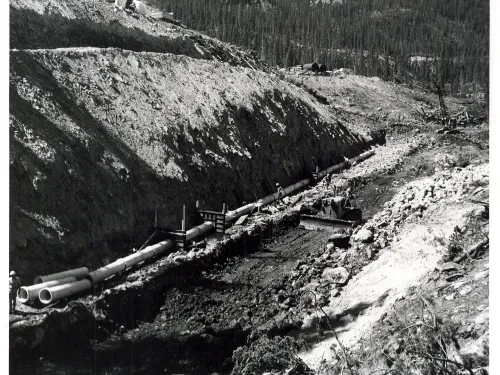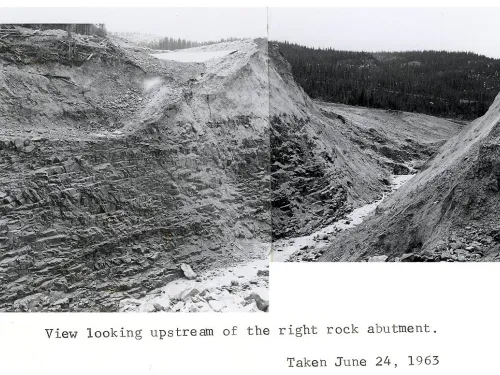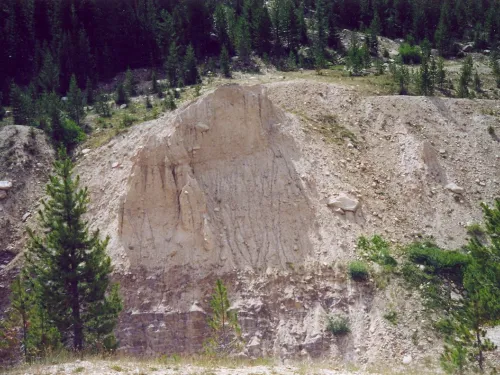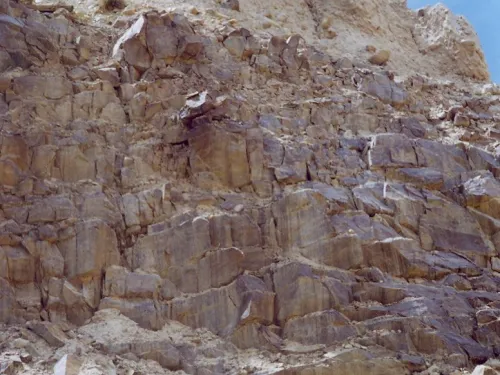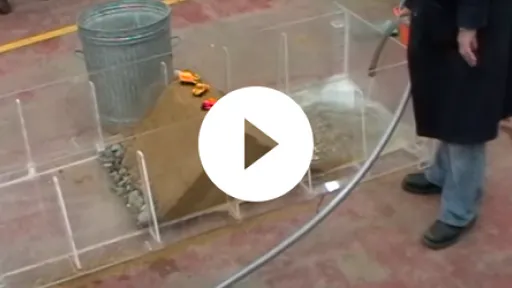Little Deer Creek (Utah, 1963)
Little Deer Creek Dam and Reservoir were conceived as part of the Kamas Water Project and were owned by the South Kamas – Washington Irrigation Company. The dam was designed by the Utah Water and Power Board who also oversaw construction. The dam had a height of 75 feet with a 20-foot-wide crest, a 2H:1V downstream slope, and a 2.5H:1V upstream slope. The dam embankment was designed as zoned earth fill with pervious and impervious zones and a rock toe drain. Eighteen-inch reinforced concrete pipe made up the low-level outlet, and a 12-foot-wide channel with 1.5H:1V side slopes excavated through bedrock on the left abutment served as the spillway. An upstream guard gate regulated flows through the low-level outlet. The reservoir was designed to hold 1,450 acre-feet of water with a 31-acre surface area at the spillway crest. A concrete reservoir gage, still visible today, was constructed upstream of the left abutment. Three borings and three test pits comprised the geotechnical investigation for the dam. A cutoff trench that was 20 feet wide and 6 feet deep upstream of the dam centerline was included in the design.
Drawings indicate that it was anticipated that the cutoff trench would intercept bedrock on the left half of the dam but would not reach bedrock on the right half. Drawings were submitted to the Utah State Engineer for review and approval in March 1961. Construction of the dam began on August 7, even though final approval from the State Engineer was not issued until August 31. By that time, the foundation had been cleared, the outlet conduit was in place, and the cutoff trench excavation started. The contract called for completion of the project within 75 working days. Elvon L. Bay was the project inspector for the Utah Water and Power Board. His daily reports detail the weather, site conditions, and progress of the construction.
In the late summer and early fall of 1961, the project faced wet and cold weather conditions. In the inspector’s report of August 20, heavy rains were noted. After this, the reports frequently reference rain or snow either overnight or during the day. These frequent weather events saturated the borrow area, making it difficult to find fill that was dry enough for placement in the embankment. They also made it difficult for the operators and equipment to work on the site because of slippery or boggy conditions. Early in the project, the inspector identified issues with dewatering the site and indicated to the contractor the need for improved dewatering methods. Dewatering was exacerbated by frequent precipitation events.

In addition to the weather, site conditions made the work difficult. For example, the spillway on the left abutment had to be realigned because bedrock was not encountered as anticipated, creating issues with the adjacent road. Bedrock on the right abutment was fractured and would “loosen” and fall due to runoff from the frequent rain events. During excavation for the outlet, a “ridge of bedrock” was encountered and resulted in an estimated 300 additional cubic yards of rock excavation.
An area of seepage near the right abutment created problems for the duration of the project. It was noted on August 9 that, “In the course of stripping, a seep area was uncovered near the contact line of the south [right] abutment and the embankment upstream.” Upon its discovery the engineers determined to install a drainage system for the seep. This system, consisting of gravel and 60 feet of perforated concrete pipe, was completed on August 16 and 17. On August 18, Gilbert Searle of the Soil Conservation Service (SCS) visited the site and noted that he expected seepage and piping through the right abutment. In his September 16 report, the site inspector (Mr. Bay) noted turbid seepage of 2 to 3 gallons per minute exiting from the right abutment hill. He noted that the water was, “muddy and the same color as the fill”. The engineers concluded that this seepage was from the hillside and not from the dam.
August inspection reports also mention issues with dewatering and leakage from cofferdams saturating the outlet excavation making it unsuitable in spots for support of the outlet. During his August 18 visit, Mr. Searle commented that the outlet was not structurally sound for the height of the fill. To address this issue, the engineers decided that a “concrete cap” would be placed over the outlet. “As Constructed” drawings for the project show that 160 feet of the outlet conduit under the tallest part of the dam was encased in concrete.
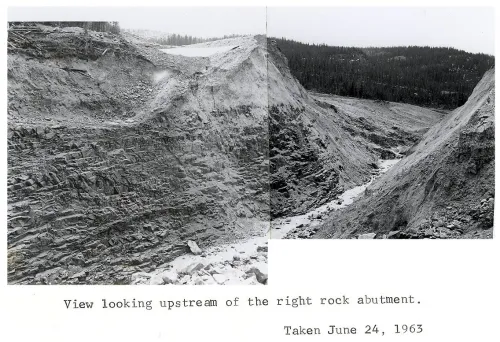
With a desire to complete the project, the contractor continued work placing fill despite the wet conditions. The fill material was placed wet of optimum moisture and the embankment became soft. The embankment is referred to as “spongy” numerous times throughout the inspection reports. The engineers made several changes hoping to address the fill issues. Changes included allowing the contractor to leave rocks in the fill, place 1.5-foot-thick lifts, and reduce compactive effort to 95 percent and then to 92 percent of the maximum dry density. Even with these alterations, the fill remained wet and spongy. The report of September 29 states the contractor was placing fill during rain and snow on wet, sloppy soil. Samples were taken for testing and the moisture contents found to range from 12 to 17 percent, almost 10 percent above the initially reported optimum moisture content. This material was later removed.
Inclement weather and difficult working conditions continued until October 26, 1961, when the Contractor asked for a winter shutdown and work on the dam was halted. In order to minimize storage due to runoff, it was decided that the gate for the low-level outlet would not be installed. The shutdown was timely as heavy snows began on the night of October 26. By the next day, the road to the project was closed due to snow.
Work on the dam resumed in July of the following year. A letter from the SCS dated July 27, 1962, indicates a portion of the downstream slope had failed. Subsequent correspondence records a site visit by the designer, State Engineer, and SCS with corrective action prescribed. Work continued on the dam, and with no inclement weather noted, construction on the dam was completed by August 14 including the repair of the downstream slope failure.
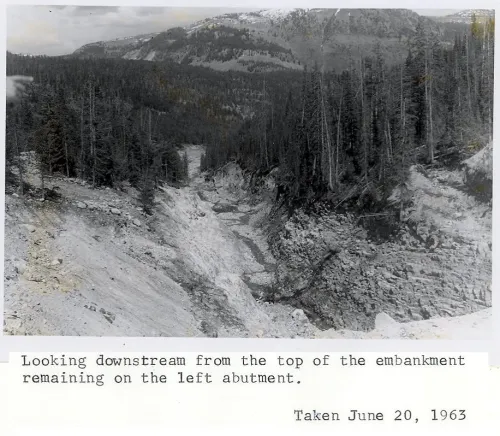
The reservoir filled behind the dam beginning in fall 1962 thru spring 1963. No filling inspections or reports were found, though a news article mentions the dam was visited on June 13, 1963 with no problems reported. On the morning of June 16, 1963, the dam failed. The highwater line was marked by debris. The reservoir had filled to elevation 9,215 feet and held a volume of approximately 1,200 acre-feet. The breach measured 75 feet wide and 80 feet deep. The flood waters scoured Little Deer Creek Canyon below and deposited eroded material at the confluence with the North Fork of the Duchesne River. Four-year old Bradley Gale Brown, camping with his family along the North Fork of the Duchesne River, drowned in the flood waters. His parents, two brothers, sister and a friend survived. The flood waters washed out 10 of 11 bridges downstream and caused damage to farms adjacent to the river. Damages totaled $318,000 ($2.9 million in 2022 dollars). Bradley became the second casualty due to a dam failure in the state of Utah (the first having occurred due to the Mammoth Dam in 1917).
The engineering firm of Fuhriman, Rollins, and Company was hired to perform a materials investigation of the dam after the failure. They were specifically told not to investigate the cause of the failure, only to collect information on the materials. Their report notes substantial seepage out of the right abutment, a permeable foundation, and many soil samples with high moisture content and inadequate compaction. The report also includes a slope stability analysis that alludes to an internal erosion failure along the right abutment/embankment interface. No other investigative reports were found, though correspondence for the failure refers to other investigations being performed. The dam likely failed because of internal erosion through the right abutment, worsened by poor embankment construction and little if any foundation treatment.
The dam was never rebuilt. What remains of the embankment, spillway, and appurtenant structures can still be seen at the site today. Portions of the concrete outlet can be found downstream of the dam where they were deposited by the flood waters after the breach. The failure is testimony of the need for diligent onsite inspection and testing during construction, monitoring and inspection during initial filling, and the vital importance of emergency action plans and warning systems. Ultimately, the failure of Little Deer Creek Dam can be attributed to human factors, as a review of available documentation seems to indicate a desire to complete the project in spite of poor weather conditions, questionable embankment construction, and seepage through the right abutment.
References
This case study summary was peer-reviewed by Greg Richards, P.E., Gannett Fleming and Mike Hand, P.E., WYOH2OPE.
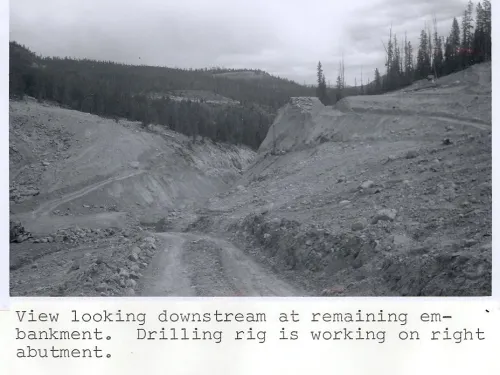


Lessons Learned
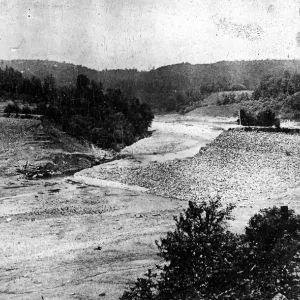
Dam incidents and failures can fundamentally be attributed to human factors.
Learn more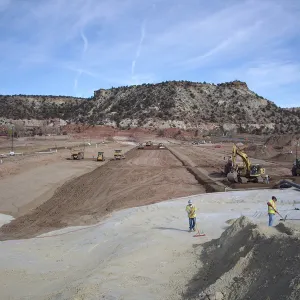
High and significant hazard embankment dams should have internal filter and seepage collection systems.
Learn more
Intervention can stop or minimize consequences of a dam failure. Warning signs should not be ignored.
Learn more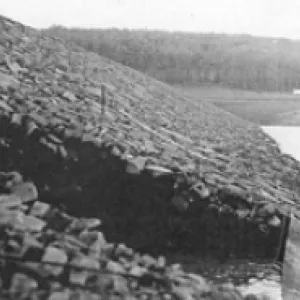
The first filling of a reservoir should be planned, controlled, and monitored.
Learn more
Timely warning and rapid public response are critical to saving lives during a dam emergency.
Learn moreAdditional Lessons Learned (Not Yet Developed)
- Diligent onsite inspection and testing is needed during dam construction.
- Modifications to design during construction need to be assessed and understood. Changes to reduce cost or facilitate construction may unintentionally hinder safe operation and performance of a dam and its appurtenances.
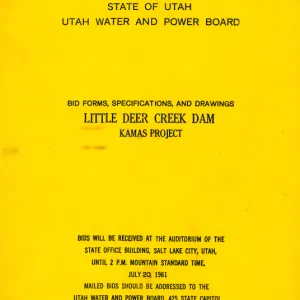
Bid Forms, Specifications, and Drawings: Little Deer Creek Dam
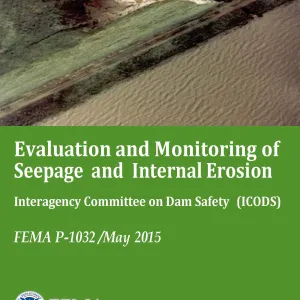
Evaluation and Monitoring of Seepage and Internal Erosion

Filters for Embankment Dams
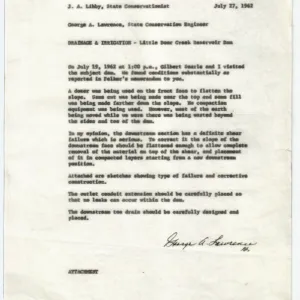
Little Deer Creek Compiled Correspondence
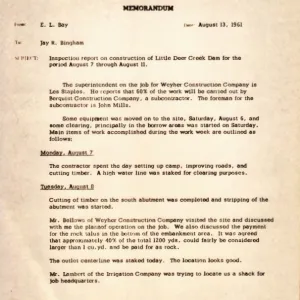
Little Deer Creek Dam Construction Progress Reports
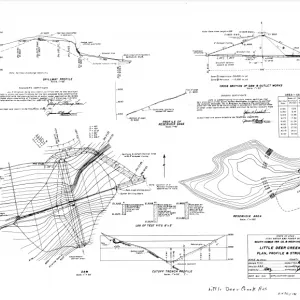
Little Deer Creek: Plan, Profile & Structures
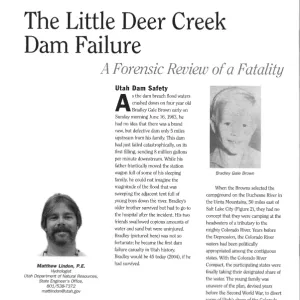
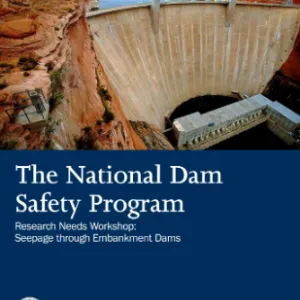
The National Dam Safety Program: Research Needs Workshop - Seepage through Embankment Dams

